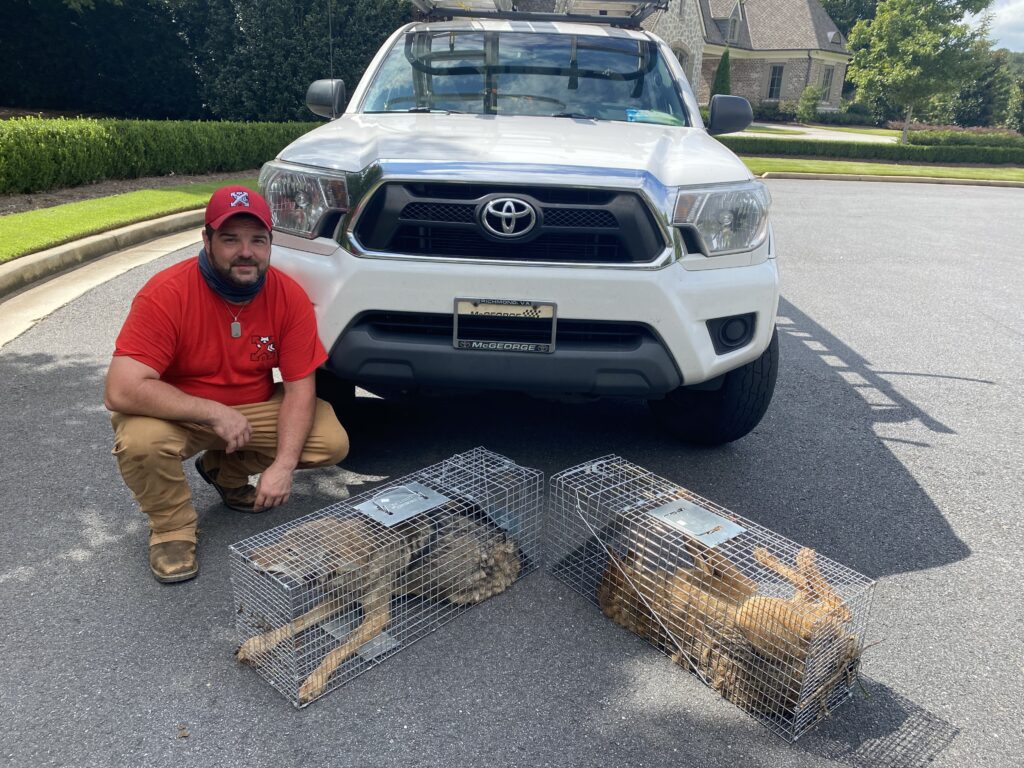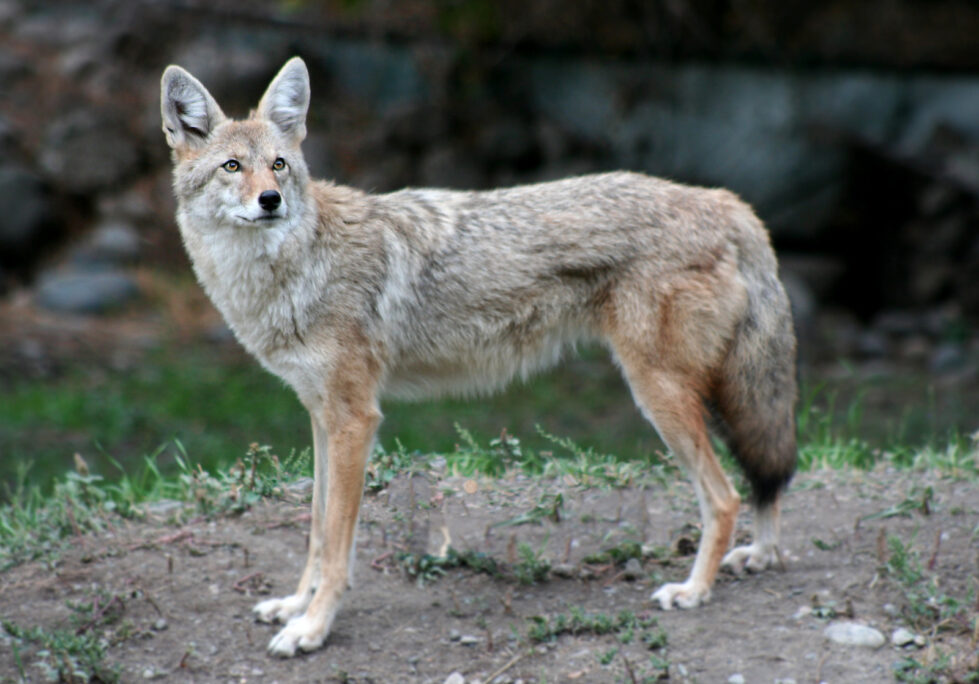Many homeowners are experiencing a problem with coyotes in their backyards. Coyotes can be dangerous and may attack pets, children, and adults if they feel threatened. This is why it’s important to know how to get rid of coyotes.
Coyotes are opportunistic predators that live in packs. They are known to attack livestock, pets, and sometimes people. A coyote will go after anything smaller if it’s hungry enough. Coyote populations have exploded since humans started encroaching on their territory.
Inadvertently providing food in our backyards attract hungry coyotes. If you’ve spotted a coyote or a pack of coyotes near your property, you need to act quickly. Here are some tips to get rid of coyotes fast
What problems do coyotes cause?
Make no mistake, although Wyle E. Coyote was an entertaining and persistent fella, the reality is that coyotes on your property are never fun -or entertaining. Coyotes can cause a lot of damage.
Coyotes can harm a range of resources, such as livestock, poultry, and fruit crops like berries and watermelons. They prey on pets and pose a health and safety risk when they frequent airport runways and residential areas, as well as being rabies carriers. Coyote prey on livestock, particularly sheep, calf and lambs, is usually the main source of concern.
What’s attracting coyotes to your yard?
Coyotes are typically shy animals and avoid human interaction unless they have a regular feeding schedule from humans or are rabid. Seeing coyotes in your yard regularly is not a good sign and it could mean they have found a reliable food source at your property or have a den nearby. In either case, it’s best to eliminate the problem with professional trappers and eliminating any food or water sources.
How to avoid conflicts with a coyote
Coyotes are inherently fearful animals who will flee if they see a person. If they continue to approach or hang around, it’s time to start “hazing.” This is a term that refers to measures that can be used to scare and chase away coyotes. If the coyote is accompanied by puppies or appears sick or injured, hazing should never be tried.
- Make yourself as big and as loud as possible. Do not flee or turn away.
- Make an authoritative gesture by waving your arms, clapping your hands, and shouting.
- Make a racket with pots and pans, an air horn, or a whistle. Neighbors may be alerted by these sounds. Small stones, sticks, tennis balls, or anything else you can get your hands on are all good options. It’s important to remember that the goal is to scare, not to injure.
- If readily available, spray the coyote with a hose or a squirt gun filled with water and vinegar.
- Shake or toss a “coyote shaker,” which is a soda can filled with coins or pebbles and taped shut. The obnoxious sound is quite unbearable to sensitive ears.
Unless you remove all food attractants, the hazing may not last. Because hazing is most effective when the entire neighborhood works together, this information should be shared with neighbors, property managers, and your homeowner’s association.
Coyote Removal and Trapping Service
Trapping and removal are the best options if coyotes have become a frequent problem on your property. Coyote and fox trapping is a skill that many animal control experts have mastered. It’s a forgotten skill in many locations, as there aren’t as many individuals interested in trapping.

Many nuisance wildlife trappers have learned to use ‘fur trappers’ skills’ to catch these animals, but the most important skill a trapper can possess is humane methods. Professional wildlife removal experts provide wildlife removal and animal trapping that are always safe, effective and humane.
If you have a coyote, fox, bobcat, or other wild animal problem, give us a call today!

